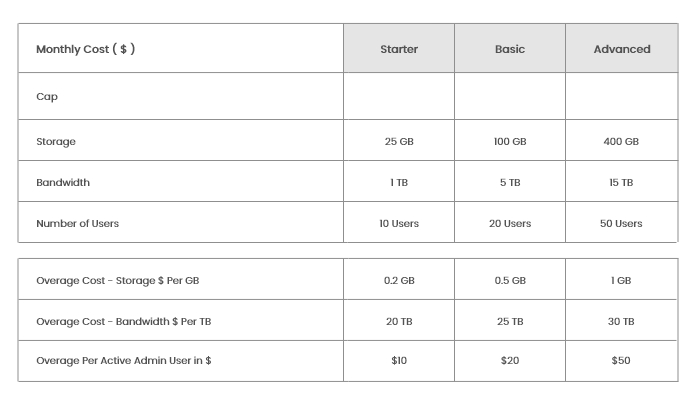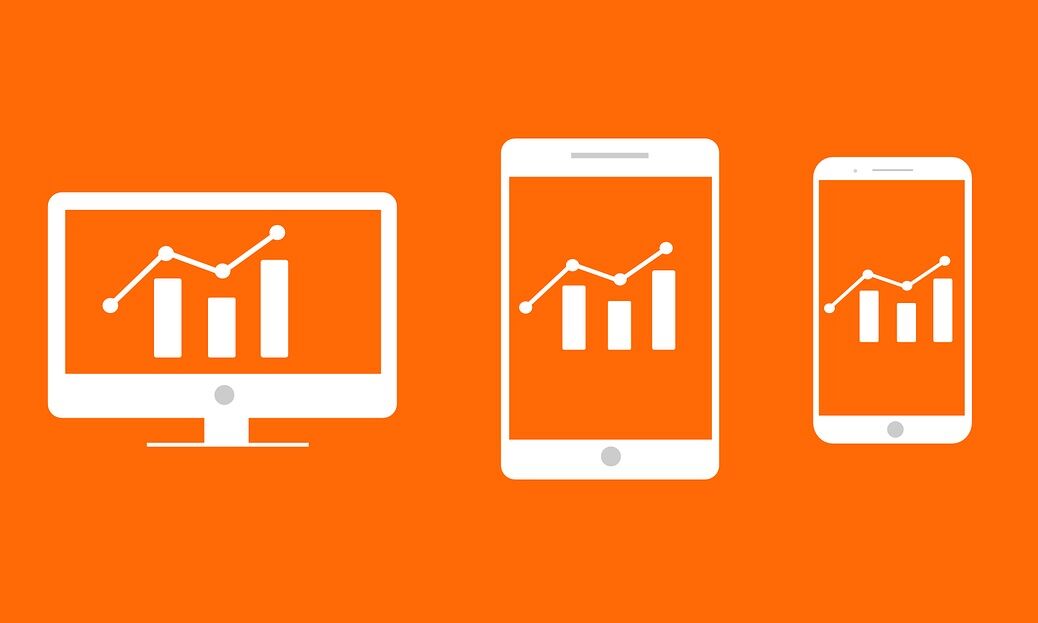



The 7 types of metrics you need to know as a News Publisher
In today's world it is important to be data driven. With thousands of data to track it is difficult to easily miss out of the important ones. Here we discuss the important metrics to track for News publishers, which you need to look regularly for improving your online operations
In today's world it is important to be data driven. With thousands of data to track it is difficult to easily miss out of the important ones. Here we discuss the important metrics to track for News publishers, which you need to look regularly for improving your online operations
Traffic Metrics
- Number of Page view : Total number of pages visited by your audience
- Number of Sessions : Number of times a person has landed on your website
- Page Views / Session : Number of pages visited when a person landed on your website
- Number of unique users : Number of unique users per month Source of Traffic The next important thing is to understand how your audience come to your website. This involves interactions with your website and quantifying your effort outside your website.
- Split of Traffic from sources : Direct, SEO , Referral, Social Media, Push Notifications, Campaigns
- Social Share Count : Count of number of times your post link is shared on Social Media across platforms
- Notification Count : Count of push notifications ( App & Website) send for the story
- SEO Visibility : Visibility of the story content in search results linked to Webmaster tools
- Mailers : Number of times and Number of recipients to whom mailers with the story link sent
- Campaign : Custom campaigns sent for popularizing the story
Engagement Metrics
Once you have users on to your website the next sets of metric is to measure and track their engagement with your content.The important metrics here are
- Average Session duration : Time spent in each session by your audience on your website
- Bounce Rate : The % of times when a visitor has left without performing any action
- % New Users : How many users are new users
- Call to Action : Number of times your audience clicked a call to action button or link. This can also include clicks on the advertisements shown to people.
- Likes & Shares from page : Number of times the page is shared / liked from your website
- Comments : Number of comments people leave on your story
Audience Metrics
Once your audience have started interacting with your page, the next set of metrics are required for you to understand your audience better. This means knowing where they are coming from and who are coming from. These metrics include
- Geography and Language: From where your user are coming , geographic location and language. This is very relevant for judging the revenue potential on your platform.
- Browser , Operating system & Technology : The % of people using different OS like Android, Windows or iOs. The browser they use and the technology / connection they are on. This lets you optimize your page for better performance for your majority audience.
- Demographics: The Age group, sex and income group of your audience, which helps significantly on your revenues from your website.
- Audience Interests : This is also a type of classification of your audience to upsell or target better ads from a revenue perspective.
Editorial Metrics
Most publishers only look at the end results of their work, but the editorial metrics is a must which will help you understand your team's effort. Here the following metrics are important
- Number of stories per day : Number of stories written by a person per day
- Word Count : A count of the number of words in a story
- Number of Share : Number of shares on the stories in social media
- SEO Visibility & Keyword density : The number of keywords used and their relative popularity in terms of search volume
- Time spent of story : Editor wise time spent on stories
- Engagement of story : Time spent by user and comments gathered on the story Site Technology Metrics Apart from your editorial inputs, it is also important to know if your underlying technology is performing according to audience's expectations. These metrics allow you to track that
- Site Speed ( Page Load Time) : Average time taken to load your web page
- Page size : Avg size of page with images
- AMP page load Time : Average time taken to load an AMP page
- Bounce rate( below 3 sec) : Number of visitors who close site before full page load Revenue Metrics Once you have your input metrics and output metrics covered, then comes the most important metric which is the revenue generated by your pages. The idea is to gather all your revenues from various sources into one to evaluate the actual revenue earned by your online operations. The metrics to know here include
- Revenue by page : Revenue generated by page wise engagement
- eCPM ( Page Views) : Revenue generated per 1000 page views on your website - Ads Impressions : Total number of ads which where shown to your customers
- Ad Coverage : Total ads served for the requests sent to different ad networks
- Active Views Viewable : Total served ads which were viewable to your clients
- Split of Ad revenue : Split of ad network wise revenues
- CPC : Cost per click for Ad units, which are served under Revenue per click Bidding
- CPE: Cost per engagement It is important for any News publishers to set up tracking mechanism for tracking these data in regular intervals. The value your website generates for the audience can be better understood by setting up , tracking and taking an informed decision with these numbers. In case of more assistance to setup these metrics reach out to support@hocalwire.com.

